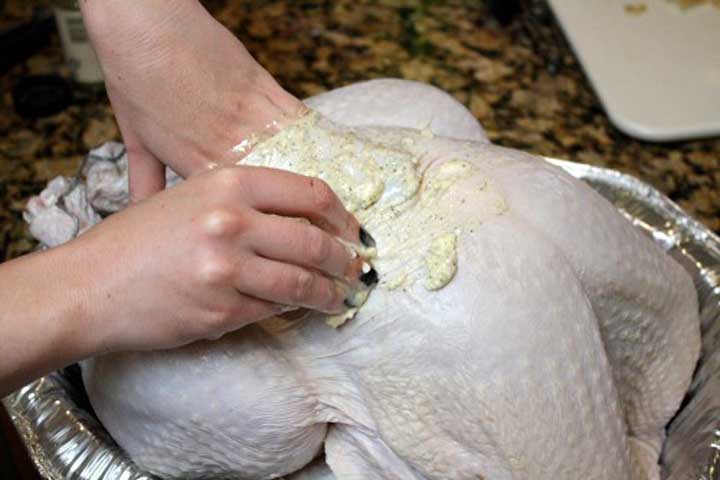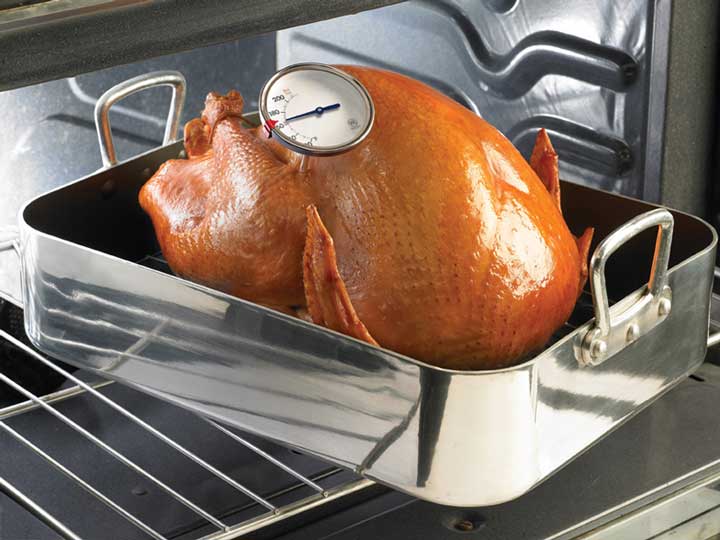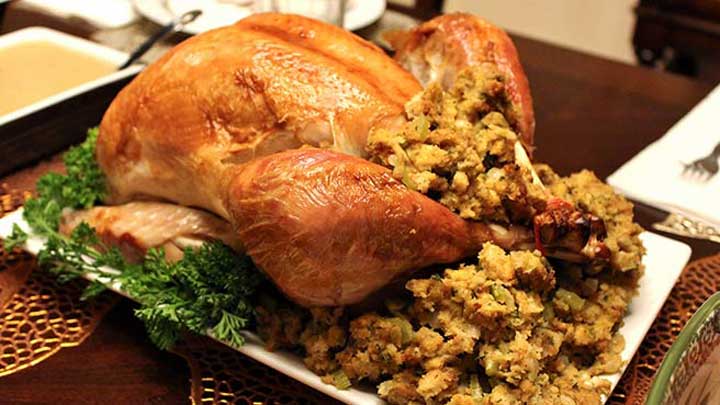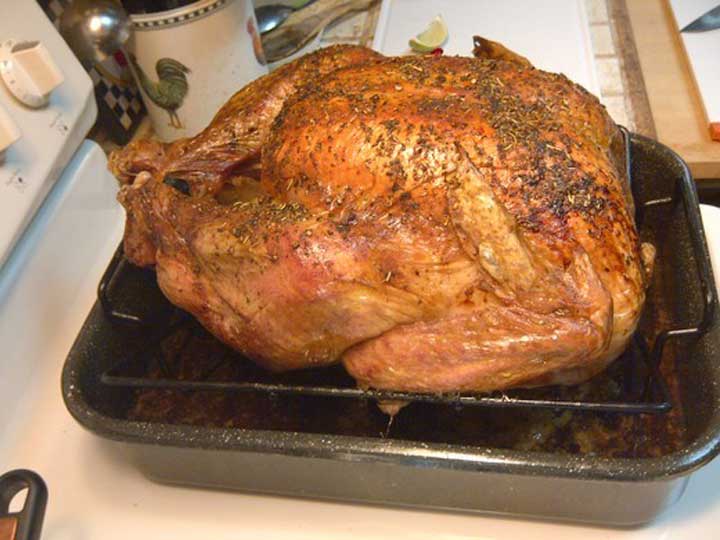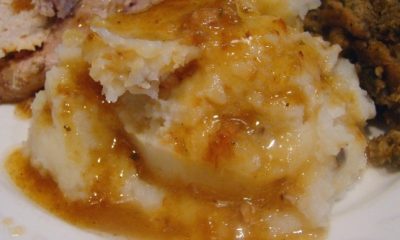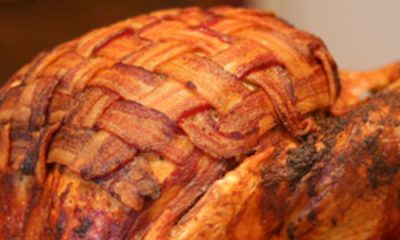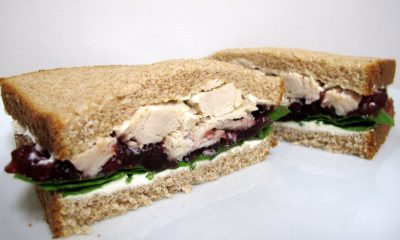Events, Contests & Festivals
Turkey Tips You Need To Make This Year’s Thanksgiving Feast The Best Yet
Thanksgiving is almost upon us, which means it’s almost turkey lurkey time! As even a Thanksgiving dinner rookie would know, you can’t leave all your turkey chores until the last minute; invest some time and love into your turkey and this year will be the best Thanksgiving feast you’ve ever had! Read through these turkey tips and get to work.
Portioning

The general rule when measuring your turkey is to estimate that each person will have about a pound of turkey. If you’re buying a bigger bird you can estimate a little under a pound, as the bigger ones have more meat on them.
If you’re hosting a big crowd, we’d recommend cooking two smaller turkeys as they’ll thaw and cook faster and more evenly.
Thawing
The turkey would thaw best in the refrigerator; simply place it in a tray that will catch any juices. Every four or five pounds takes about 24 hours to thaw in the fridge. Meanwhile, if you’re submerging the turkey in cold water, each pound will take 30 minutes. If you’re in a complete fix, you can thaw the turkey in a microwave until you judge it completely thawed. Here’s a helpful infographic from the USDA about thawing tips and timings:
Brining
If it’s not kosher, brining will make your turkey extra moist. You can move past the regular salt, sugar and water brine and add a few herbs, fruits and spices to the brine if you’d like. If you do brine your turkey, make sure it’s completely dry before roasting.
Seasoning
You can season your turkey a day before you roast it to allow it to thoroughly absorb the flavours.
Temperatures
Many people have a range of different opinions about the right temperatures for roasting a turkey. We find that 400F is a good temperature for slow roasting the turkey. However, take a good look at a few turkey recipes and invest in an oven thermometer and a meat thermometer before you set your oven.
Stuffing
If you’re stuffing the turkey before roasting, be sure to check the stuffing temperature as well. It should rise to at least 165F.
Making Gravy
Reserve the drippings at the bottom of the roasting pan and the juices from defrosting to make a rich, favour packed gravy. Alternatively, you can use the neck and giblets from the turkey to make a broth which can then be turned into a sauce.
Resting
Once you take it out of the oven, allow the turkey to sit for at least twenty minutes to soak up all the juices and flavours from the roasting.
Now we know that there’s a lot more to roasting a turkey, but we’re sure you have some pretty awesome recipes that will walk you through seasonings and flavours and timings. Before you move on to that, check out this infographic which will give you a few more tips:



